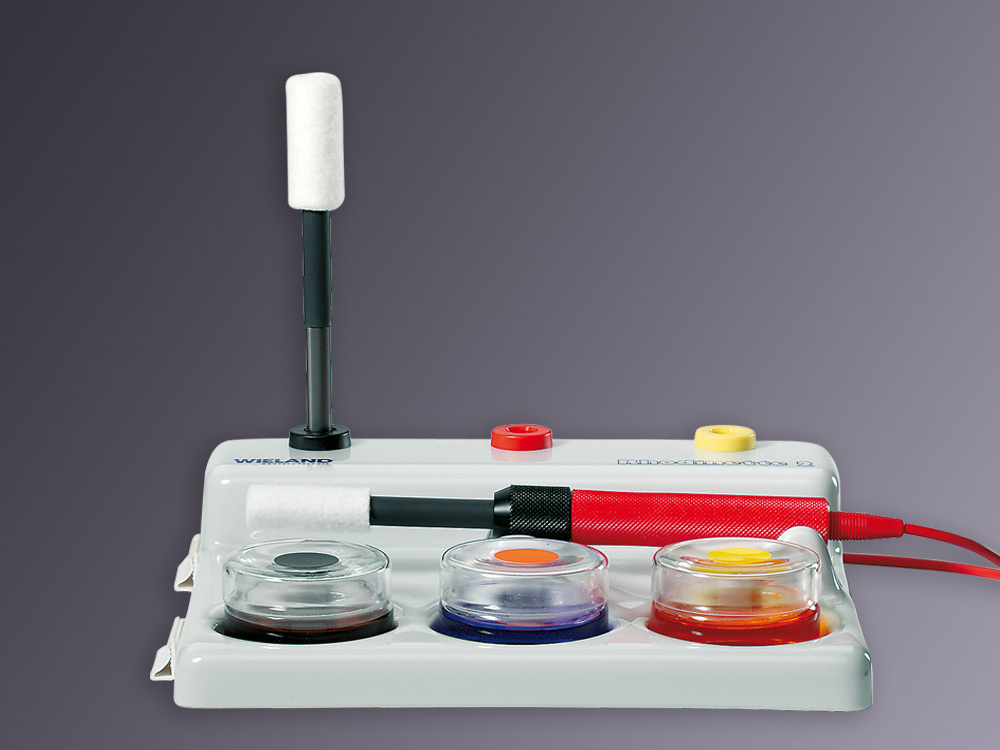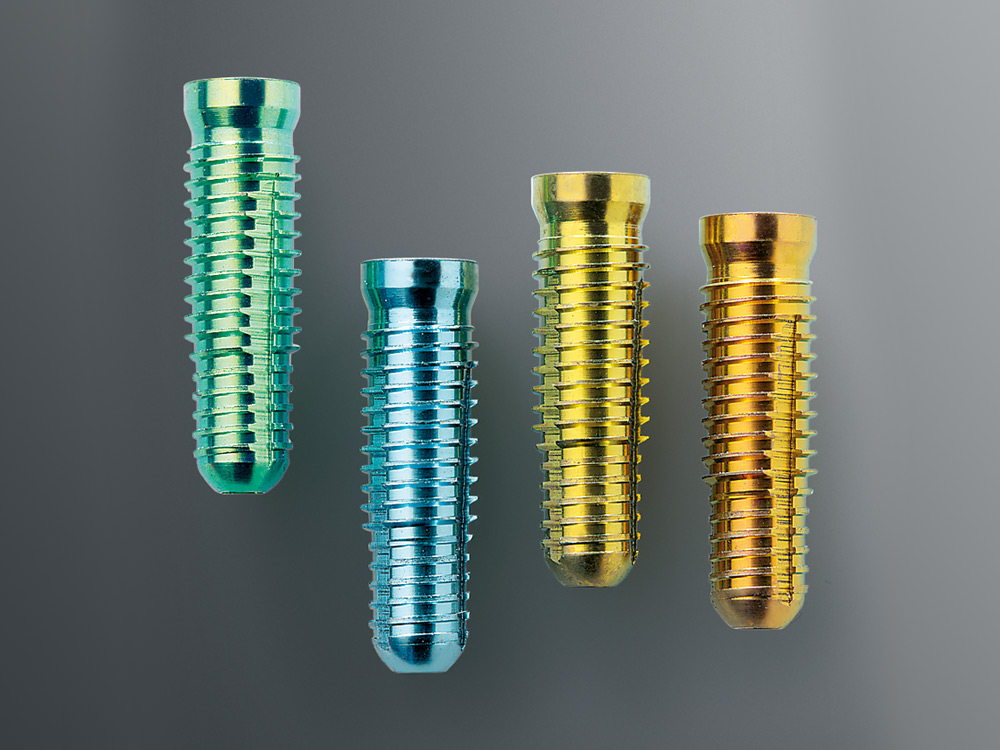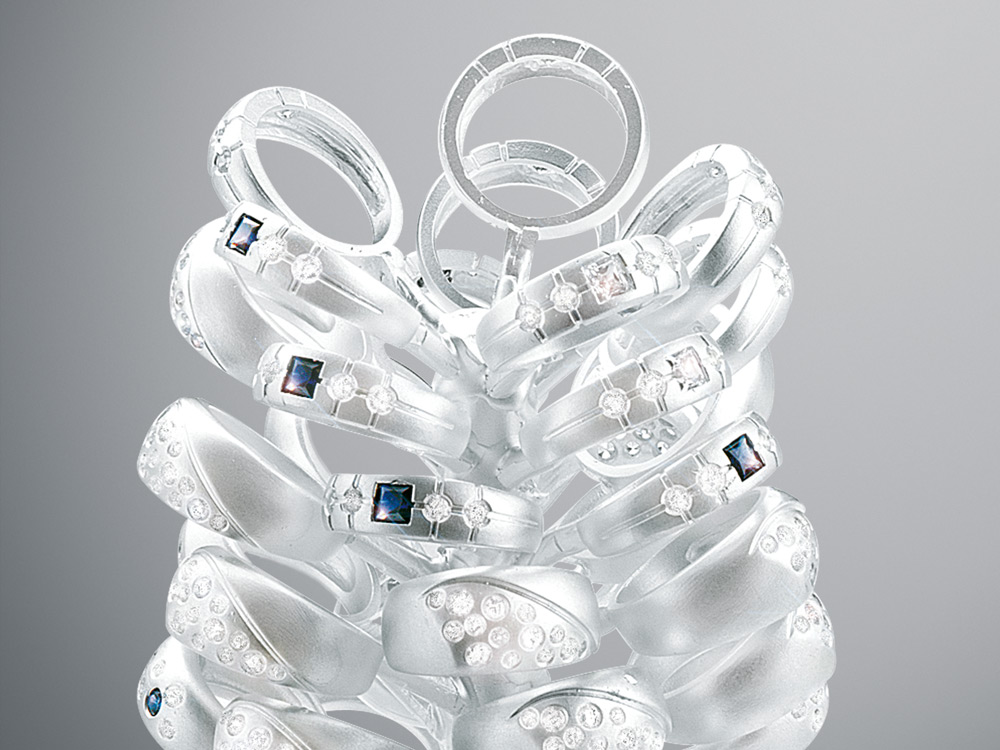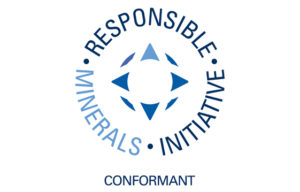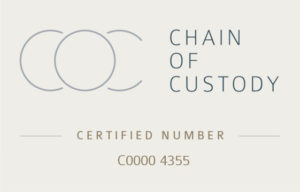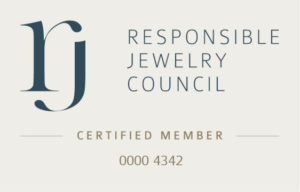PRE-TREATMENT
The pre-treatment includes all work that must be done before the actual electroplating steps. These include, for example, cleaning, degreasing, activation or electrolytic polishing (shining). The result of an electroplating surface treatment depends to a considerable degree on a careful preparation of the workpieces to be treated.
GOLD BATHS FOR DECORATIVE COATING
Typical gildings in the decorative electroplating technique are multi-layered. A thin adhesive gold layer (<3 μm) is reinforced by subsequent gold plating (<20 μm). A final color gilding (<0.5 μm) serves as a color-constant cover layer. For special applications, gold baths are available which differ in hardness, color and composition of the deposited layer. In the section “Special Applications” you will also find gold baths working without electrical current.
Since gold baths work with insoluble anodes, the precious metal content has to be supplemented repeatedly with the addition of regeneration solutions. At the same time, the other electrolyte components will be refreshed as well. The addition is made after analysis or can be calculated with our Wilaplat rectifier (item no. 75-06-0010) via the integrated charge counter. Regular regeneration keeps all bath parameters stable, thus achieving a good work result.
SILVER BATHS FOR DECORATIVE COATING
In the decorative area, mainly glossy silver baths are used. The high white fine silver layer often serves as a topcoat of sterling silver articles because it is somewhat more resistant to oxidation than the copper-containing silver alloy itself. The deposited fine silver layers are uniform and high-gloss. The layers can be up to 50 μm thick.
POST-TREATMENT
The electroplated parts receive a perfect and lasting finish through a corresponding post-treatment.
For example, silver-plated parts are attacked relatively quickly by sulfur-containing atmospheres and should therefore be protected after silvering by tarnish protection. Furthermore, decorative effects, such as colorings, can be produced by special post-treatments.
SPECIAL APPLICATIONS:
RHODINETTE PEN PLATING
The Rhodinette pen electroplating system developed by WIELAND is the worldwide standard in jewelry production. It is particularly suitable for the selective plating of jewelry and small parts. It facilitates a quick and electrolyte-saving decorative coating, for example, with rhodium or various gold tones, since adjacent surfaces usually do not need to be covered. The attainable layer thicknesses are approx. 0.1 – 0.2 μm.
WILAPLAT GALVANOSYSTEM, ANODES
WILAPLAT is the superior electroplating system for goldsmiths, watchmakers, developers and laboratories in trade, craft and industry.
The multifunctional WILAPLAT rectifier together with the modular electrolyte tank support system forms the basis for professional results in the field of electroplating for single and small parts.
SURFACE PROCESSING OF TITANIUM
Pure titanium and titanium alloys are anodized in the special Wieland coloring liquids after pretreatment with Wieland Titan-Color staining electrolytes. By varying the voltage, various oxide layers are generated which appear in a variety of different colors. The necessary device system – rectifier and trough part – is also available.
ELECTROFORMING
During electroforming, a thick (up to 1000 μm) metal layer is electrodeposited onto a core. The core may for example consist of wax, plastic, silicone rubber or aluminum. The core is removed after deposition of the metal by melting or dissolving. The inner contour of the electroformed component corresponds exactly to the outer contour of the core. Ideal for deposition are the metals silver, copper, nickel and gold. Both the production of complex individual parts and the series production of simple parts is possible.
CHEMICAL WORKING BATHS
For small repairs, our chemical working baths are also a good alternative. For the use of these electrolytes, which have been tried and tested for many years, no complex equipment is necessary. The baths are designed for single use and cannot be regenerated.
PRECIOUS METAL COMPOUNDS
Our precious metal compounds are used as basis for the production of electroplating baths for surface finishing. In addition, they are also used as homogeneous catalysts in large-volume processes in the chemical industry. We manufacture both customary and process-specific precious metal compounds according to customer needs for these purposes. Homogeneous catalysts used in industry often contain one of the platinum group metals rhodium, iridium, ruthenium, palladium or platinum. They are needed to carry out chemical reactions selective and gentle (for example, at lower temperature or reduced pressure). Due to the high value of the precious metals used, these catalysts are separated from the product stream after the manufacturing process by suitable methods and recycled at WIELAND Edelmetalle.
The recycling of the precious metal containing residues for example used electrolytes or catalyst bottoms remaining after your manufacturing process, is done with methods, which ensure the complete recovery of precious metals and the possibility, to reuse the recovered precious metals for new products.




